I know word ladders are not a new thing to the classroom but maybe you have still yet to use them in yours. Or maybe you haven’t realized all the skills you can connect to using word ladders. I can bet you will want to add them in after this.
What are word ladders?
Easy first question. Word ladders are structured practice of changing a sound to make a new word. Yet it doesn’t always have to be done by writing. It can be done verbally. Word ladders can also be set up by writing a word based on a picture.
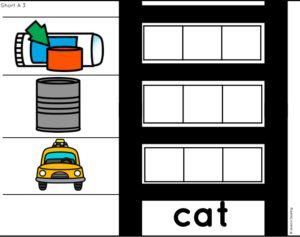

Why use them?
I think the better question might be what can’t you do with them?
In broader terms they give practice with phonemic awareness and phonics.
With phonemic awareness, you can focus on phoneme isolation, where students hear a sound in a word. You can also focus on their knowledge of sounds. Rhyming can be included when changing the beginning sounds to make more rhyming words or also be able to identify if words rhyme or not. Word Ladders are also fabulous to work on phoneme substitution.
With phonics, you can practice and assess sound to letter/letters knowledge, work on specific sounds and spelling patterns.
They also help with vocabulary if word ladders give clues based on definitions. They can help with types of words if that is part of the clues. Word Ladders can help students practice homophones. Best part as they are so versatile they keep student engagement up because students can even make them.
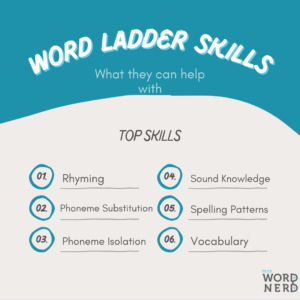
How to use word ladders?
Word ladders are more versatile than we tend to think. It can be easy to overlook the possibilities with them.
Of course, they are great to use as a literacy center or independent practice and even a quick finisher activity.
Other ways to use word ladders:
- They can be used verbally as a phonemic awareness or phonics lesson warm-up with the whole class or to start a guided reading group.
- You can use manipulatives like letter magnets to write the words instead of writing.
- Students or small groups can create their own word ladders. Start by giving them a word and have them change one sound to get a new word. It could be a challenge to see how big of a word ladder they can make.
- Add movement to word ladders by having students go find something for the sound you need to change to make the new word.
- Use written word ladders for isolated practice to help differentiate between a couple sounds or spellings. This is especially helpful for long vowel spellings as they can be tricky to know which one to use when.
- Use them as a lesson warm-up to review sounds or spellings
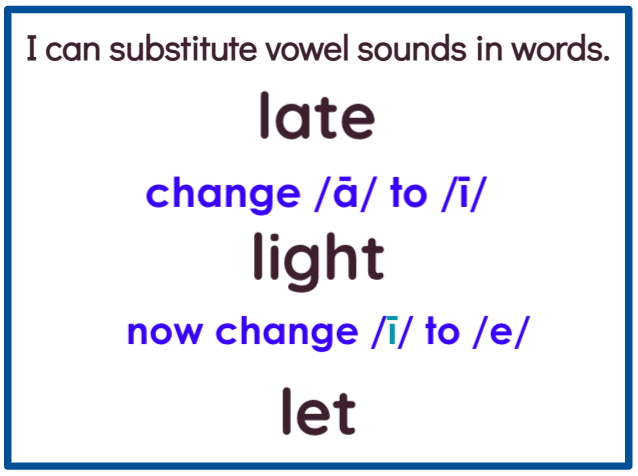
This is an example of one I use teaching virtually. We start with the word late. I tell how to change the sound. We work through that and figure out it is light. Then we talk about what light means and why it is -igh. Then I say how to change it again. We work together to figure out the new word before it shows up.
What grades should they be used?
Since the concept of changing a sound can be done verbally, kindergarten is a great place to start. Word ladders in kindergarten will be shorter, maybe 2-3 words with picture clues. These word ladders will be most beneficial when the phoneme that is changing is in the same, meaning that all the words will change only the beginning, middle and end sound. This really helps strengthen students’ phoneme substitution skills.
In the beginning of first grade, word ladders can be used to continue working on phoneme isolation and substitution with CVC words and CCVC or CVCC words.
Towards the end of first grade through third grade word ladders are great for practicing using different long vowel spellings and diphthongs. The clues for word ladders play even a bigger role in helping with vocabulary and word knowledge by offering synonym, antonyms and homophones as parts of the clues.
Are You Ready to Try Them?
There are so many benefits and uses that make word ladders a key activity in all elementary classrooms. It might even be that you have been using them without really knowing that is what you have been doing.
In case you are wanting more word ladders, here are 10 different word ladders you can try out in your classroom. There are some beginning word ladders better for kindergarten or beginning first grade and some word ladders focusing on long vowels for second grade. Or you could check out the many word ladders resources I have available in my shop or on TpT.

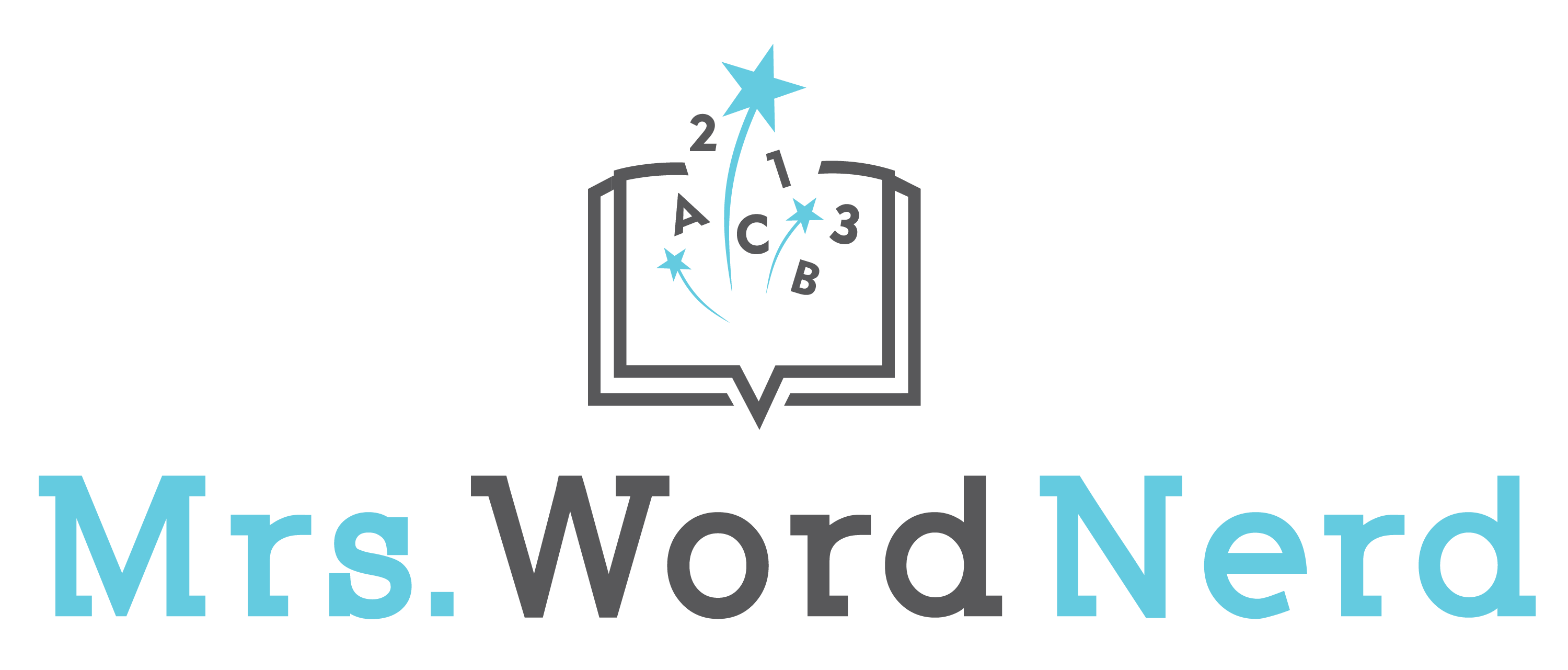
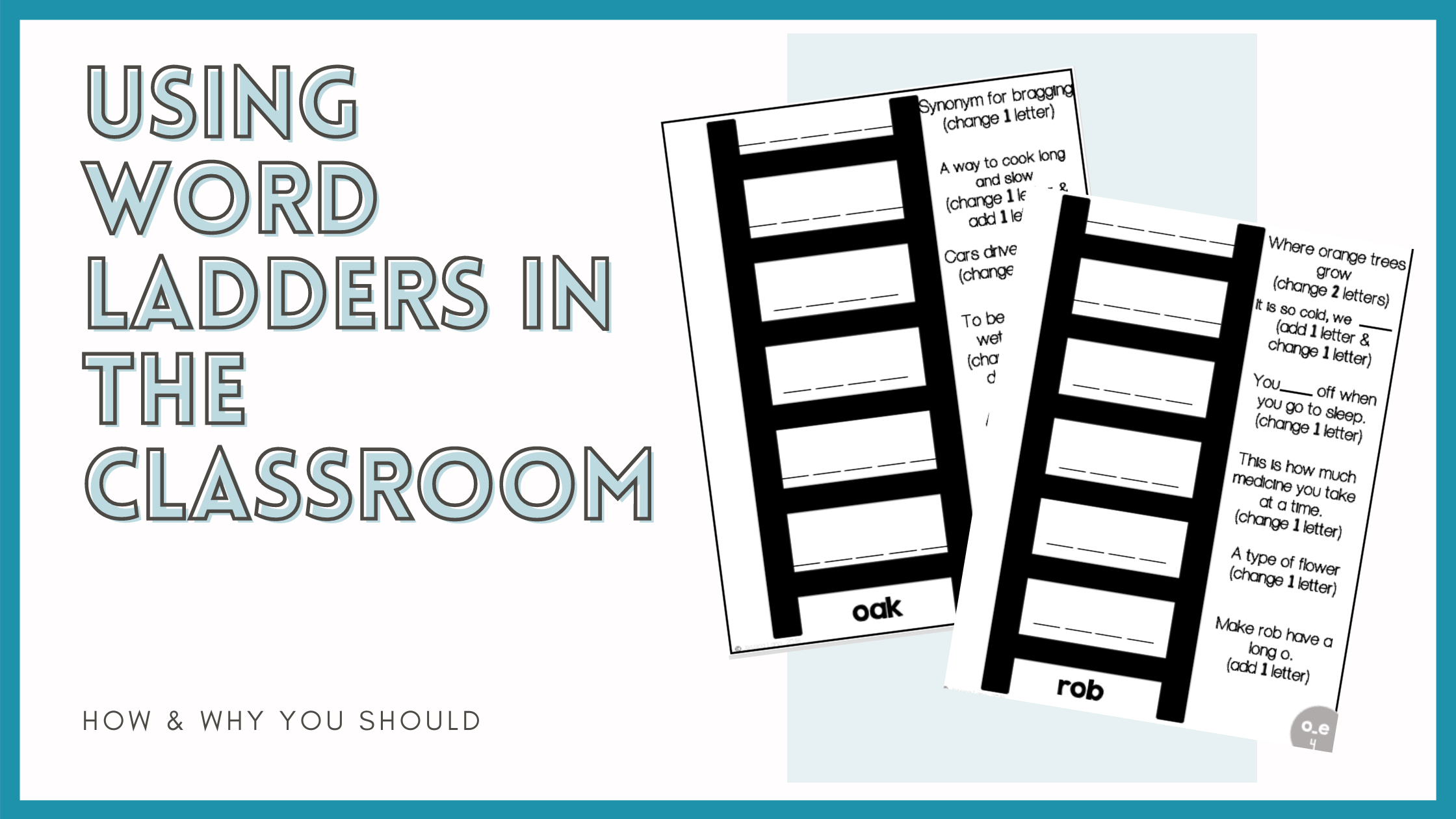
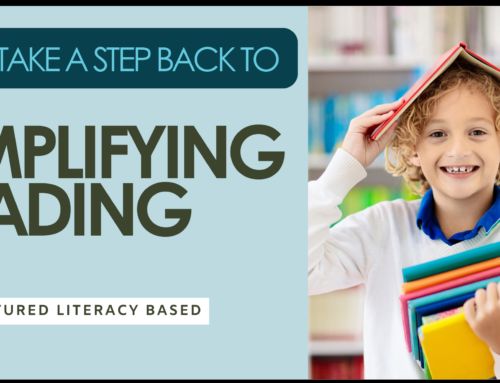

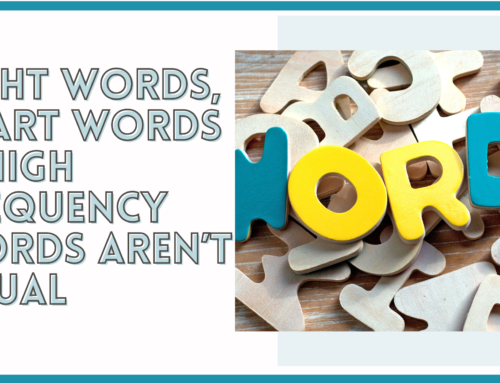

Leave A Comment